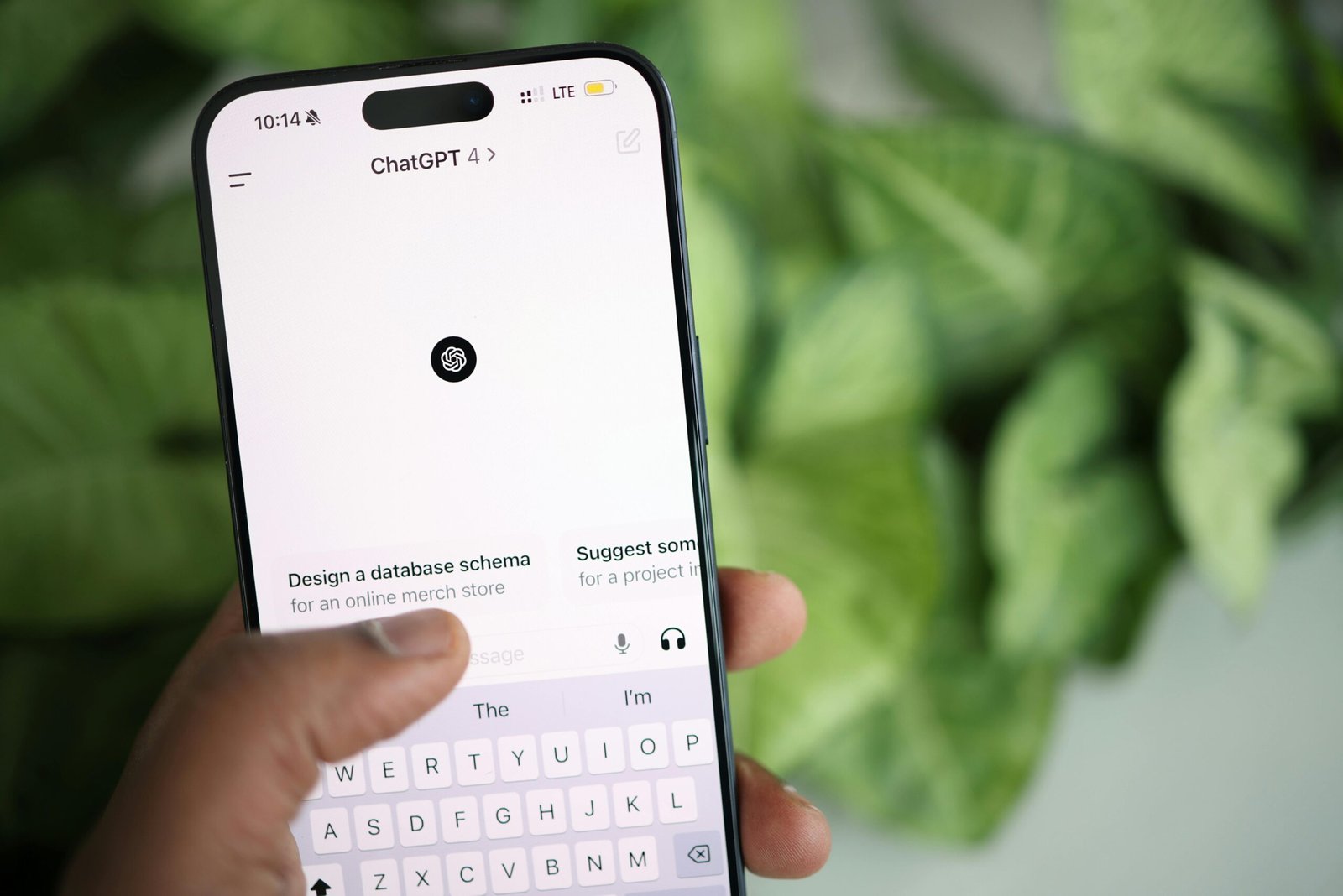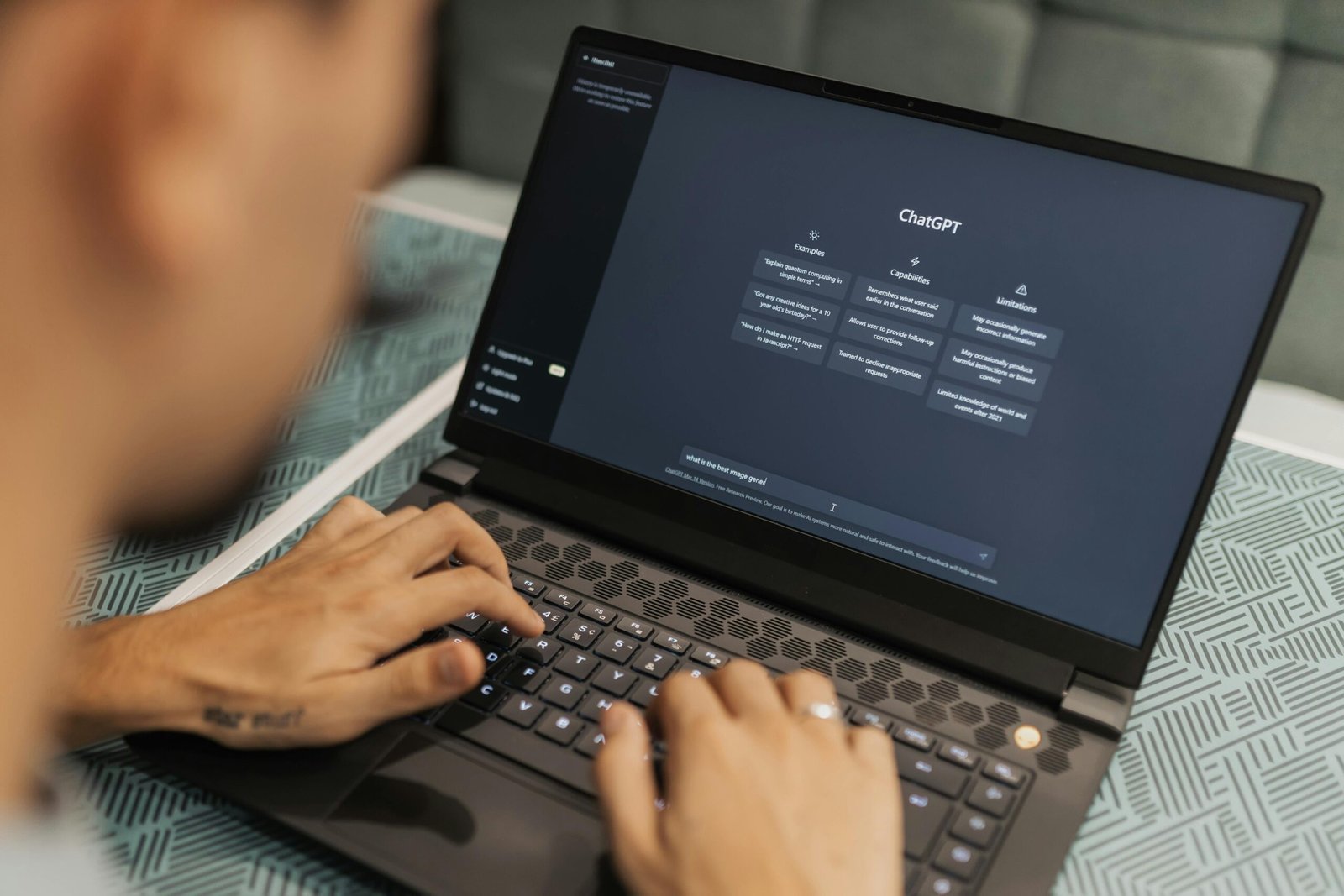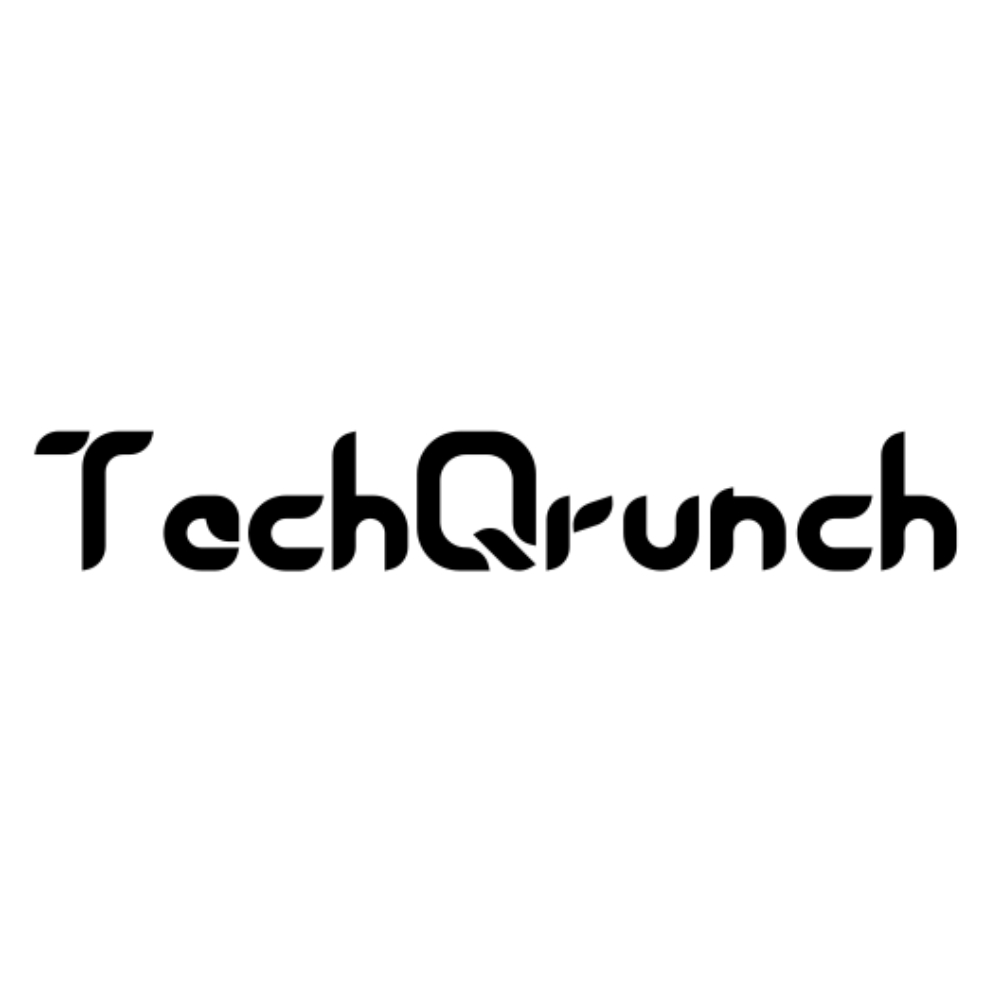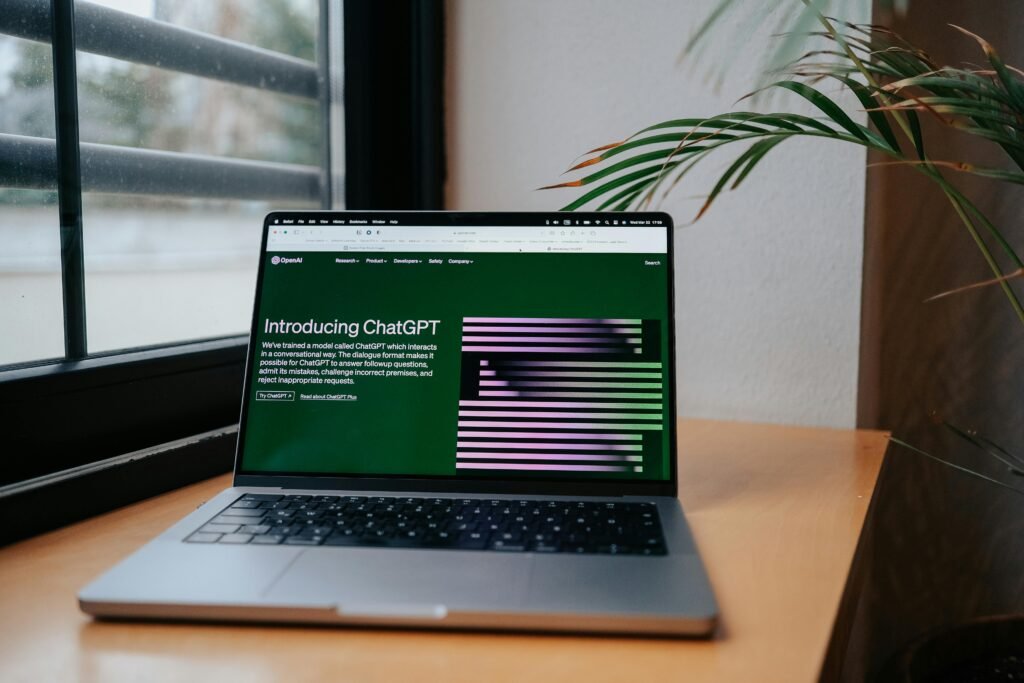Featured
OpenAI Unveils GPT-4o: A Revolutionary Multimodal AI Model
OpenAI Unveils GPT-4o, which promises to bring GPT-4 level intelligence to all users, including those on the free tier ¹. This multimodal AI model is designed to accept visual, audio, and text input and generate output in any of these modes from a user’s prompt or request. The “o” in GPT-4o stands for “omni,” signifying the model’s ability to process various types of input and output.
GPT-4o boasts several impressive features, including enhanced Voice Mode, which responds to audio input more effectively than its predecessors. The model combines transcription, text handling, and audio generation into a single entity, resulting in faster response times and the ability to capture nuances like tone of voice, multiple speakers, and background noises. While not all of GPT-4o’s capabilities will be immediately available due to safety concerns, its text and image features will be accessible to free-tier ChatGPT users, with paid users enjoying higher usage limits.
GPT-4o: A Game-Changer in AI Technology
The introduction of GPT-4o marks a significant milestone in AI development, offering a more human-like experience for users. OpenAI‘s CTO, Mira Murati, described this new model as a substantial step forward in terms of ease of use. With over 100 million users, OpenAI aims to make its cutting-edge technology widely available, and GPT-4o is a crucial part of this endeavor. The model is designed to match the performance of GPT-4 Turbo, the most powerful model available to paid subscribers.
GPT-4o’s capabilities were showcased through impressive live demos, including real-time conversations with ChatGPT in Voice Mode. The model demonstrated language translation, accurately understanding and responding to requests without any lag. Additionally, it displayed its vision capabilities by providing helpful clues for homework help and recognizing objects like dogs. The new desktop app, announced alongside GPT-4o, enables users to screen-share with ChatGPT and receive assistance.

OpenAI’s president and co-founder, Greg Brockman, described GPT-4o as extremely versatile, fun to play with, and a step towards more natural human-computer interaction. The model is available to developers in the API as a text and vision model, offering a compelling alternative to GPT-4 Turbo. While its performance remains to be seen, GPT-4o has the potential to elevate ChatGPT’s position among rival AI models like Claude, Perplexity AI, and Anthropic.
Developer Reaction and Impact
Developers and industry experts have reacted positively to the announcement, praising OpenAI for its commitment to democratizing access to AI technology. Many see GPT-4o as a game-changer for various industries, including education, healthcare, and customer service. The model’s ability to process multimodal input and output opens up new possibilities for applications like virtual assistants, language translation, and image recognition.
Some developers have already begun exploring the capabilities of GPT-4o, experimenting with innovative use cases like generating music and creating art. The model’s availability through the API is expected to spur further innovation and adoption, as developers can now integrate its capabilities into their own applications and services.

The launch of GPT-4o marks a significant milestone in the development of AI technology, offering a more human-like experience for users and developers alike. With its multimodal capabilities and versatility, this model has the potential to transform various industries and applications. As OpenAI continues to push the boundaries of AI innovation, it will be exciting to see the impact of GPT-4o on the world of technology and beyond.
GPT-4o’s impact is expected to be far-reaching, with potential applications in various fields such as education, healthcare, and customer service. For instance, the model’s ability to process multimodal input and output could enable virtual assistants to understand and respond to voice commands, text messages, and even visual cues. In healthcare, GPT-4o could help doctors analyze medical images and patient data to make more accurate diagnoses. As the technology continues to evolve, we can expect to see even more innovative applications of GPT-4o in the future.


